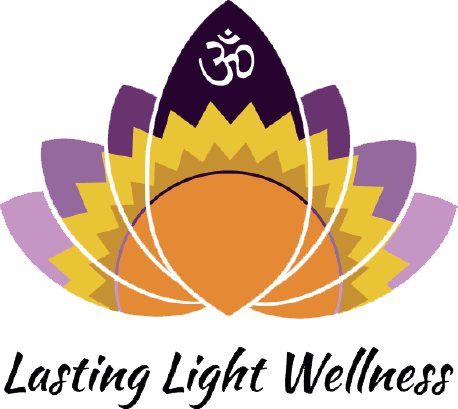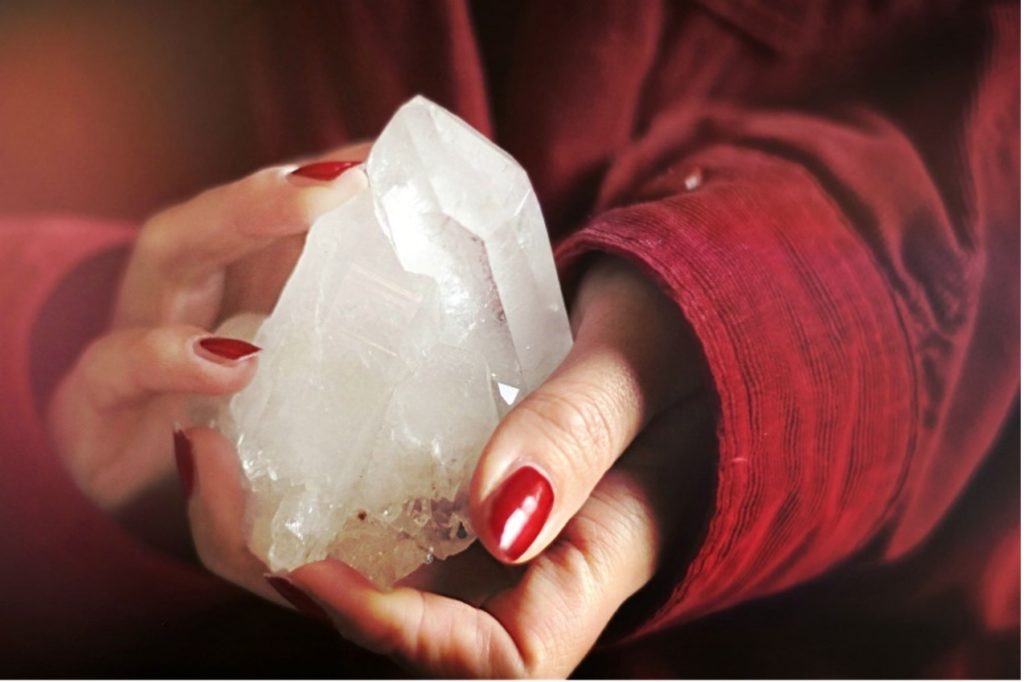When I say meditation many times it conjures up the image of yogi's sitting in lotus pose (which is enough to scare some people off) while saying OMMMM or worse yet trying not to have a single thought (how is that even possible), not even the one about the purple elephant. In today’s fast-paced world, it can be challenging to find moments of calm and stillness. However, meditation offers a way to disconnect from the hustle and bustle of life and connect with our inner selves. Meditation is a practice that has been around for centuries and is widely known for its numerous benefits for the mind and body. However, many people feel intimidated by meditation or simply don't know where to start. This blog is here to help those who want to easily learn how to meditate, and we will explore different types of meditation practices. Yes, thank goodness there are many different kinds, it’s not just about the OM (though I do love a good round of the three of them). Once you have selected a type of meditation, then you can begin the practice. There are many different types of meditations and these are some of the popular ones. I hope it inspires you to try a new kind of meditation.
Mindfulness Meditation
Mindfulness meditation is a popular form of meditation that focuses on breathing techniques and cultivating non-judgmental awareness of thoughts, feelings, and sensations. To start, find a quiet place where you can sit comfortably and close your eyes. Take deep breaths for a few moments until you feel relaxed. Then, focus your attention on the sensation of your breath flowing in and out of your nostrils. Notice any thoughts, feelings or sensations that arise, but don't engage with them. Simply acknowledge them and return your attention to your breath.

Movement Meditation
Movement meditation is a form that involves a series of gentle movements to elevate our minds to spiritual awareness. To begin, find a quiet place where you can move around freely without distractions. Now, stand with your feet hip-distance apart and take a few deep breaths to relax. Start moving slowly and gently, allowing your body to express itself. Make fluid movements and let the breath guide the flow of the movement. Focus on the sensations within your body as you move.
Labyrinth
Walking a labyrinth can be a very spiritual practice. Some feel that they come to personal revelations doing it, others connect the center as well as the twists and turns of the path’s shape to the flow of their lives. Rev. Dr. Lauren Artress calls a labyrinth a watering hole for the spirit and a mirror of the soul. A labyrinth is a single path that moves toward a center, there is no right or wrong way to walk it. Labyrinths are unicursal (I learned a new word researching this topic) meaning that you follow the same path in as you do out. It is not a maze, just an inspirational path. There are generally three stages to labyrinth work. I usually set an intention for the practice even before going. This is mindful slow walking or stepping, not a race. The first step as you walk on the labyrinth is to release whatever you need to, whatever is not in alignment with your true self. Just be open to what comes up, acknowledge and then release it. The second step is to be open to receive in the middle or center of the labyrinth. Try to be open to receiving: what you need, information/clarity, peace or more. When that step feels complete you move onto step three which is returning and reflecting on the walk back out. May 6 is World Labyrinth Day. To find a labyrinth near you click here.
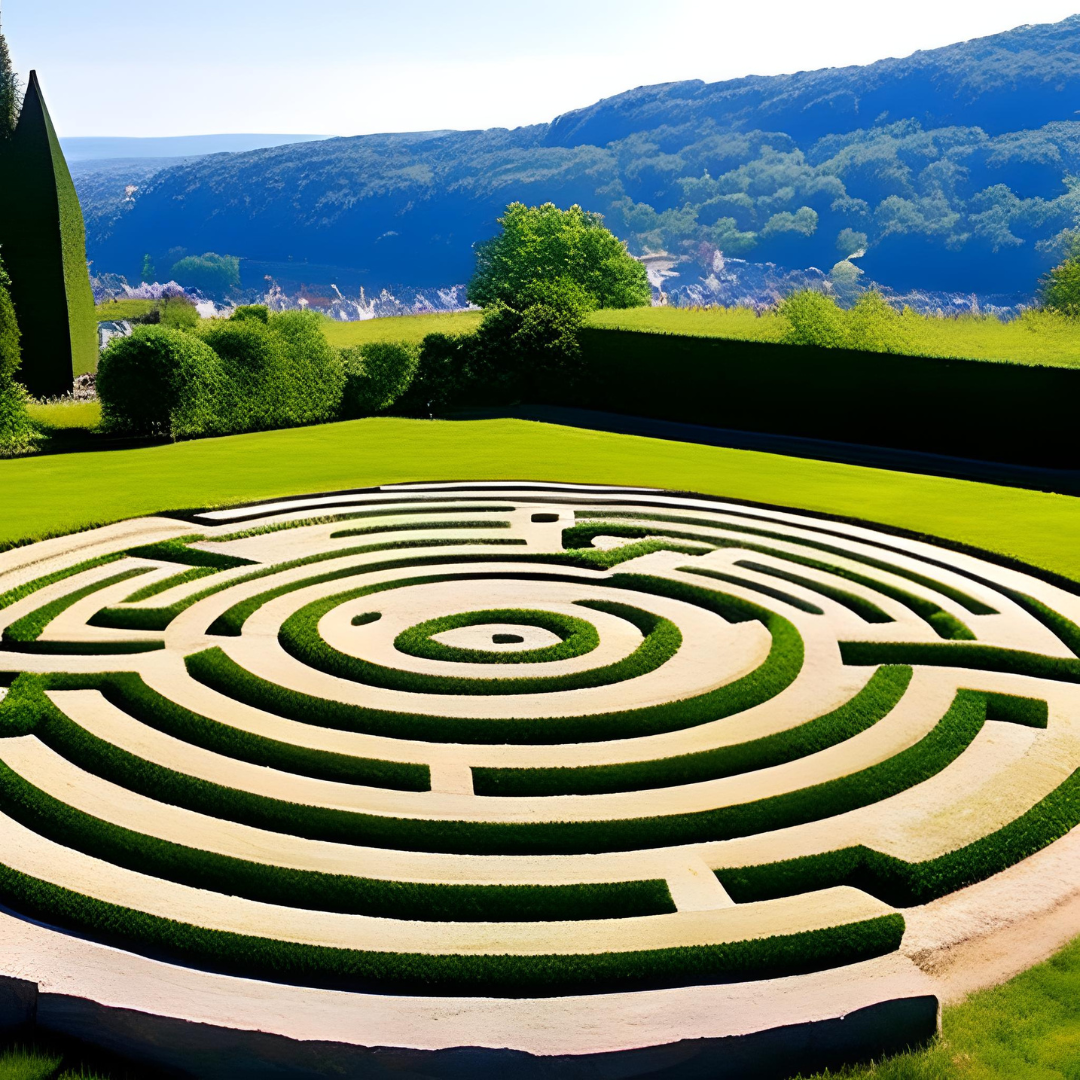
Ecstatic Dance Meditation
There are many types of conscious dance practices. They are meant to be practiced sober and with intention. I was introduced to it back in the day by the 5Rhythms founder Gabrielle Roth. I’ve also enjoyed doing her Ecstatic Dance and The Wave series. She has since passed on but I love how she described the practice. She says “I want to take you to a place of pure magic, where everything goes and nothing stops, like a twenty-four-hour roadside café with the best jukebox you can imagine…It’s a place of pure light that holds the dark within it. It’s a place of pure rhythm that holds the stillpoint. It’s a place within you.” taken from her book Sweat Your Prayers.
Transcendental Meditation
Transcendental meditation is a technique that utilizes a mantra, a specific word or a phrase repeated silently or out loud, to calm the mind and reach a deep state of relaxation. This meditation technique requires a certified instructor, but once you're trained you can practice on your own. Begin by sitting comfortably with your back straight, and with your eyes closed, repeat your chosen mantra silently in your mind. Whenever your attention wanders, simply go back to repeating the mantra.
Loving-Kindness Meditation
Loving-kindness meditation is a technique that involves cultivating feelings of love and kindness towards yourself, towards others, and ultimately towards all sentient beings. To begin, sit in a comfortable position, take a deep breath and imagine yourself surrounded by love and warmth. Start with reciting a loving-kindness phrase like, "May I be happy, may I be healthy, may I be peaceful." Gradually, move towards visualizing someone you care deeply about and repeat the loving-kindness phrase towards them.
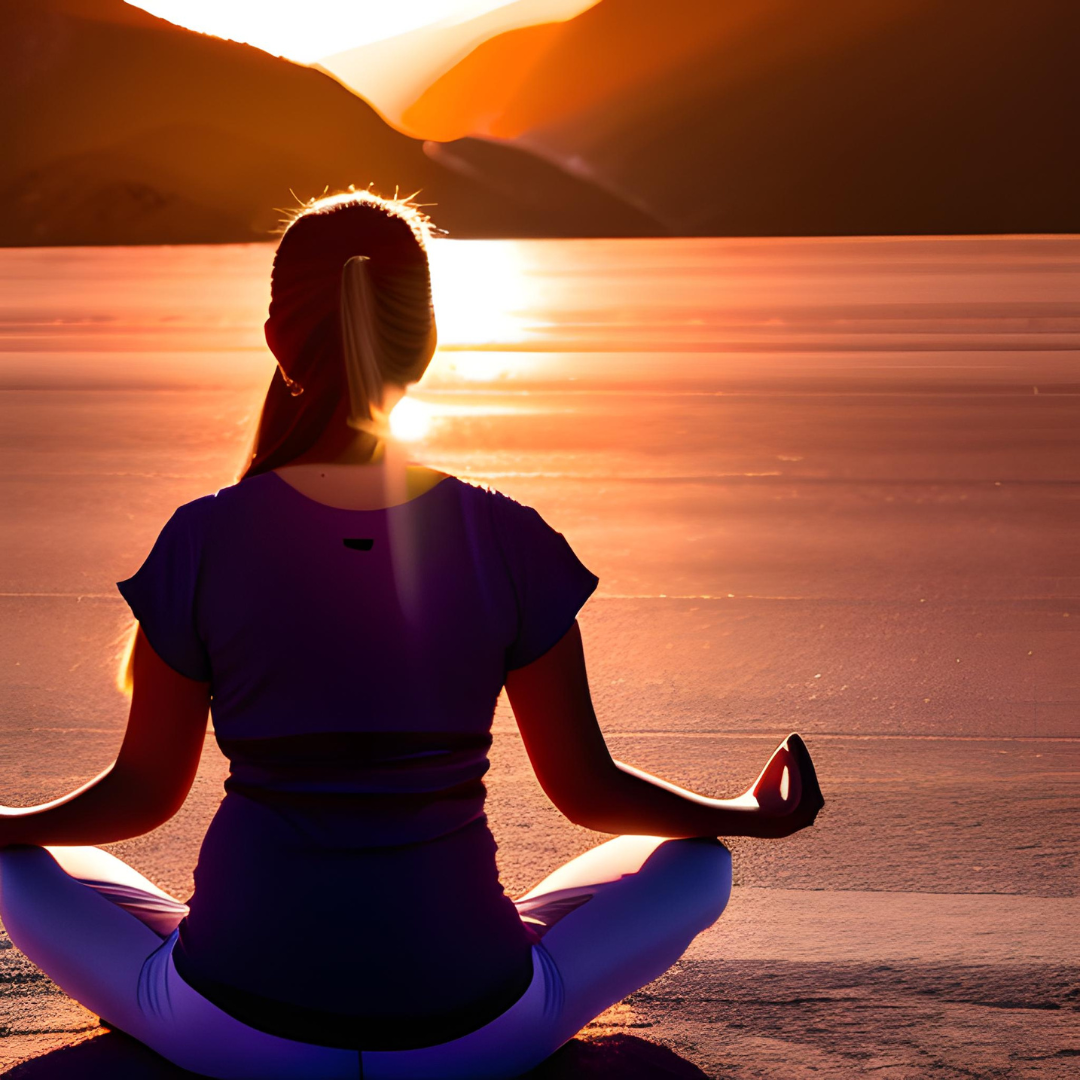
Yoga Meditation
Yoga meditation combines physical movements, breathing exercises, and meditation practices. To begin, find a quiet spot where you can practice your yoga routine, please consult your doctor if you have any health concerns before you begin new routines. Start with some warm-up stretches to get your body moving, then move into some yoga poses. Focus on your breath and allow your mind to flow with your movements. If you are precise with your postures and focus only on that and your breath, it can be a very meditative practice. After your yoga routine, settle into a comfortable seated position and meditate.
Focus Object Meditation
Incorporating a focus object into your meditation, can help to enhance your focus and calmness, and connect with your inner self. You can use any object that you wish, be it spiritual or ordinary. For those who have a hard time focusing I like to use a candle flame since it moves. First tune into your breath and simply observe it without judging or changing it. Then with your candle already lit, start by looking at the object and noticing details of its color, shape, and form. Continue to focus on the object and allow any thoughts, emotions, or sensations to pass by without reacting to them. If your attention drifts, gently bring it back to the object. Keep practicing this process for a few minutes. After you are able to do the previous steps successfully, start to bring your attention into your body. Observe any sensations that arise and allow them to come and go without clinging onto them. Lastly, when you're ready to conclude your meditation practice, take a few deep breaths, and bring your awareness back to the present moment. Take note of the sensations you experienced during the practice and try to hold onto the feeling of inner calm and stillness.
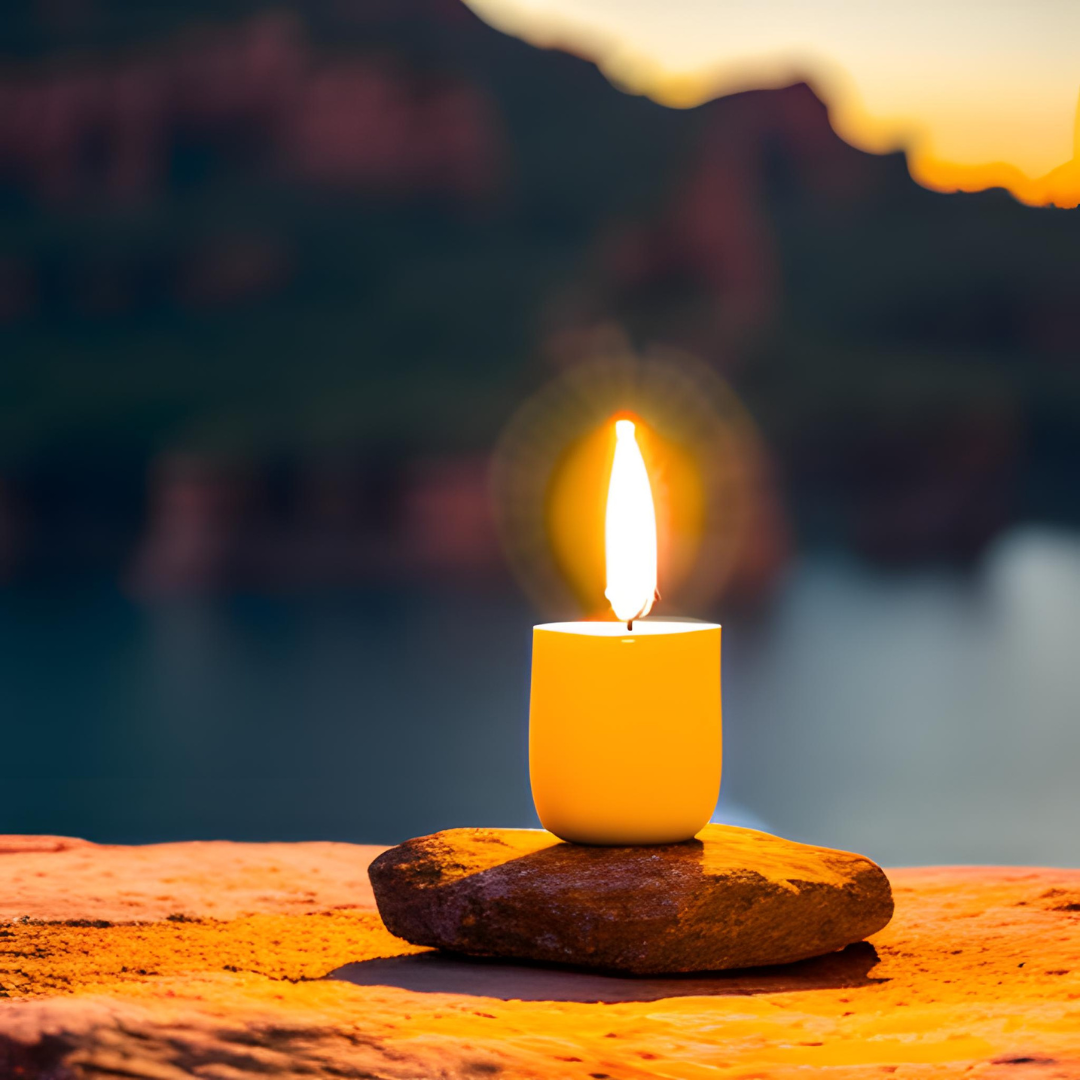
However, remember that meditation is a continual process, and it takes time and patience to perfect any technique. Meditation is ultimately about finding inner peace and self-awareness. By incorporating different meditation techniques, you can easily learn how to meditate and reap the many benefits that come with consistent practice. Each meditation technique offers unique avenues of exploration for self-discovery, and with patience and time, you’ll find the one that resonates with you. Remember, meditation is a personal experience that demands patience, consistency, and most importantly, self-compassion. Keep practicing, and you will soon start seeing the benefits of meditation. So, take time to meditate and connect with yourself today!
